Based on hormone tests and behavioural observations, the window has now passed during which time Adelaide Zoo’s Giant Panda Fu Ni would have given birth.
In the past fortnight, Fu Ni’s urinary progesterone level – a hormone associated with pregnancy – declined which meant she was either preparing to give birth to a cub or nearing the end of a pseudo pregnancy.
This hormonal change coincided with behaviours that suggest she may have experienced a pseudo pregnancy. Pandas, like several other species, can undergo pseudo pregnancies, where hormonal changes and behaviours are identical to those of a true pregnancy, making it very difficult to determine if a Giant Panda is actually pregnant or not.
Zoos SA Senior Veterinarian Ian Smith said the team had been treating Fu Ni as though she was pregnant since September when two artificial inseminations were performed, but were never able to confirm she was pregnant.
“It’s quite possible Fu Ni was at one stage pregnant but the window has now passed during which time she would have given birth,” Ian said.
“Hormonal and behavioural signs indicate she experienced either pseudo pregnancy or an unsuccessful pregnancy.
“During a pseudo pregnancy, hormonal changes and behaviours are identical to those of a true pregnancy, making it very difficult to determine if a Giant Panda is actually pregnant or not.
“Apart from a birth, the only definitive way to confirm pregnancy in pandas is through a comprehensive ultrasound examination where a foetus can be seen in the last few weeks of a pregnancy.
“Their complicated reproductive biology presents a number of challenges for panda breeding around the world and means we’ll never likely know whether Fu Ni has been pregnant in the past.
“We were really pleased with last year’s artificial insemination procedures, with results again confirming that Wang Wang’s semen is of a high quality.
“Artificial insemination has played an important role in the captive breeding of Giant Pandas around the world due to the species’ unique reproductive biology, but it doesn’t guarantee a pregnancy and subsequent birth.
“We thank our corporate partners AGL Energy and Repromed for supporting Wang Wang and Fu Ni on their journey to parenthood.”
Zoos SA Chief Executive Elaine Bensted said Zoos SA has always known breeding Australasia’s only Giant Pandas was going to be incredibly challenging.
“This was Wang Wang and Fu Ni’s fifth genuine attempt at breeding – no such luck this time, but we’re hopeful we’ll have another chance to try again in the future,” Elaine said.
“With every breeding season that passes we gain more and more knowledge into the species unique reproductive biology.
“We’re working with the very best panda experts in the world; this was confirmed to us when one of our keepers travelled to China last year to study Giant Panda breeding.
“This study tour confirmed to us that we’re doing everything right at Adelaide Zoo.
“The reality is – breeding giant pandas in a completely different hemisphere is no
easy feat. Wang Wang and Fu Ni have only one short window every year to get pregnant and they’ve had five genuine attempts in total.”
With the existing loan agreement coming to end in November 2019, the zoo supports an extension to the loan arrangement.
“We’d be thrilled to see Australia’s involvement in Giant Panda conservation extended and for Adelaide Zoo to continue to be home to the Australasia’s only Giant Pandas,” Elaine said.
“Ultimately, the decision rests with the Australian Government as they provide the funding that goes to Giant Panda conservation in China. We’re talking with the government and we hope to have an answer in the near future.
“We are confident that our purpose-built facilities and our experience in the last nine years give us the best chance possible to successfully breed Giant Pandas in the future.
“We’re really hopeful that the loan agreement will be extended and we look forward to continuing discussions with the Australian Government and our Chinese partners.
“Adelaide Zoo’s involvement in the Giant Panda program has facilitated the advancement of evidence-based best practices for Giant Panda conservation, behavior management, animal husbandry, welfare and animal management strategies, and medical knowledge.
“Our international collaborative efforts have significantly enhanced the collective understanding of Giant Panda biology and subsequent application of new knowledge Giant Panda conservation.
“The funds from the loan agreement have supported major conservation efforts in a variety of national reserves, panda corridors and protected panda areas as well as assisting giant panda research at the China Conservation Research Centre for the Giant Panda.
“Not to mention, Wang Wang and Fu Ni have been incredibly popular drawcards to South Australia with many people travelling from all corners of Australia and the world to see Australasia’s only Giant Pandas.
“Adelaide Zoo has welcomed more than 3.8 million visitors since the pandas arrived and we have vigorously pursued educational media opportunities that will bring awareness to the conservation of Giant Pandas in the wild.
“While it is difficult to quantify, we know they’ve generated significant economic benefits for the South Australian economy.”
Fu Ni may or may not be visible to the public over the coming days.








